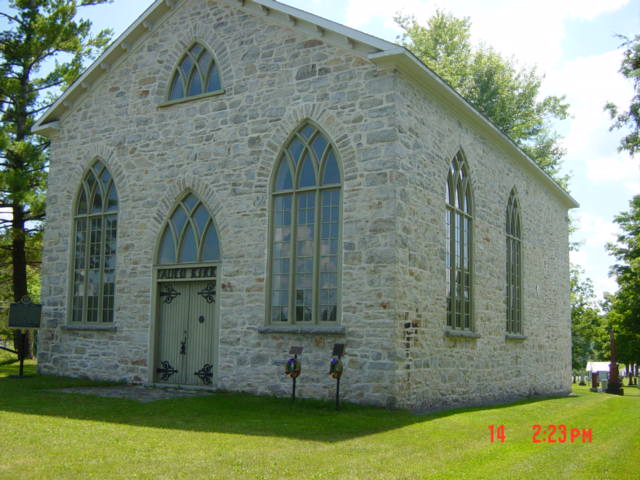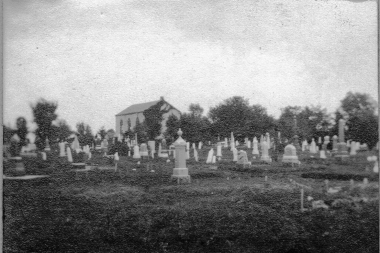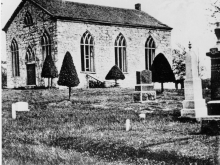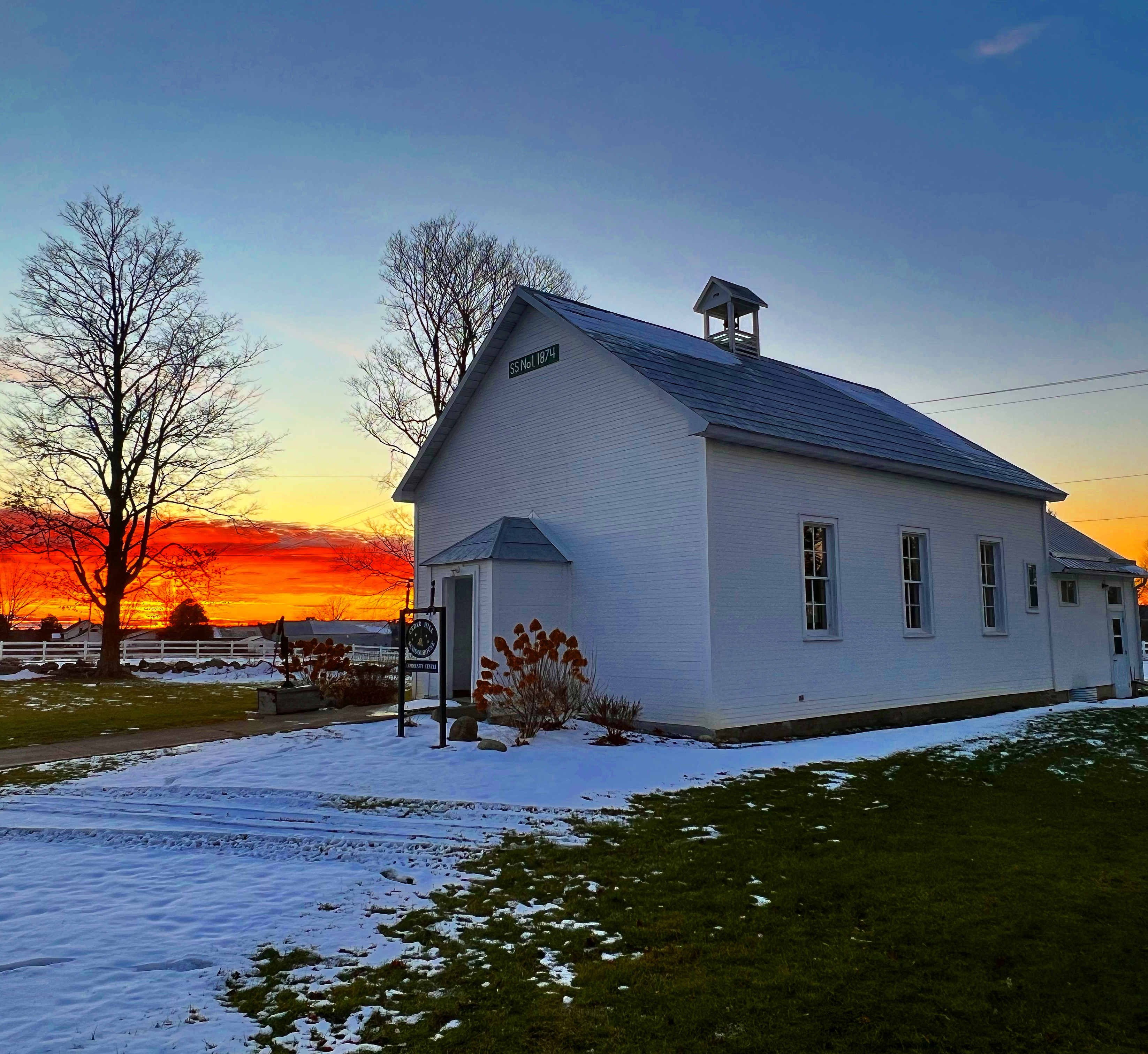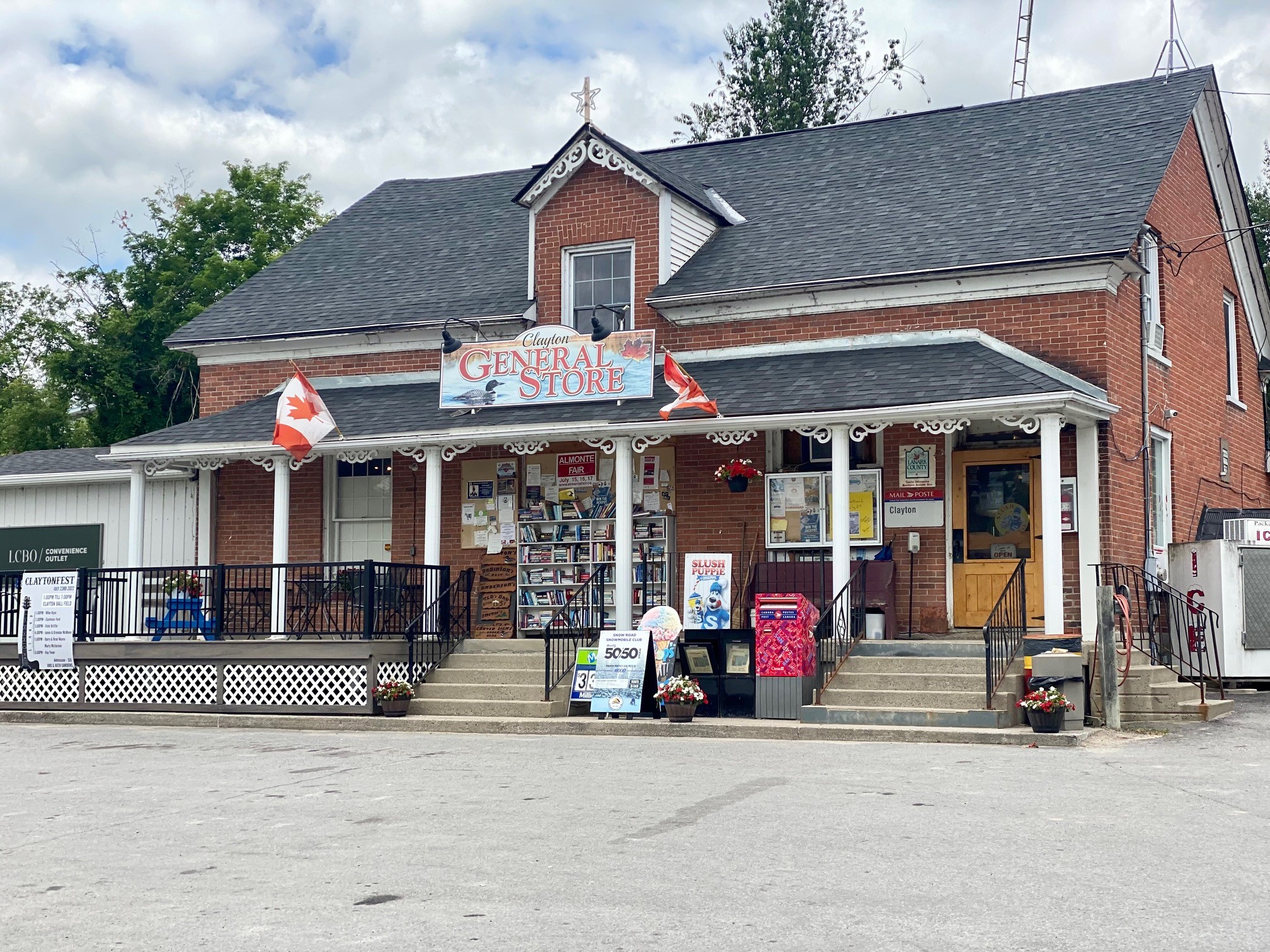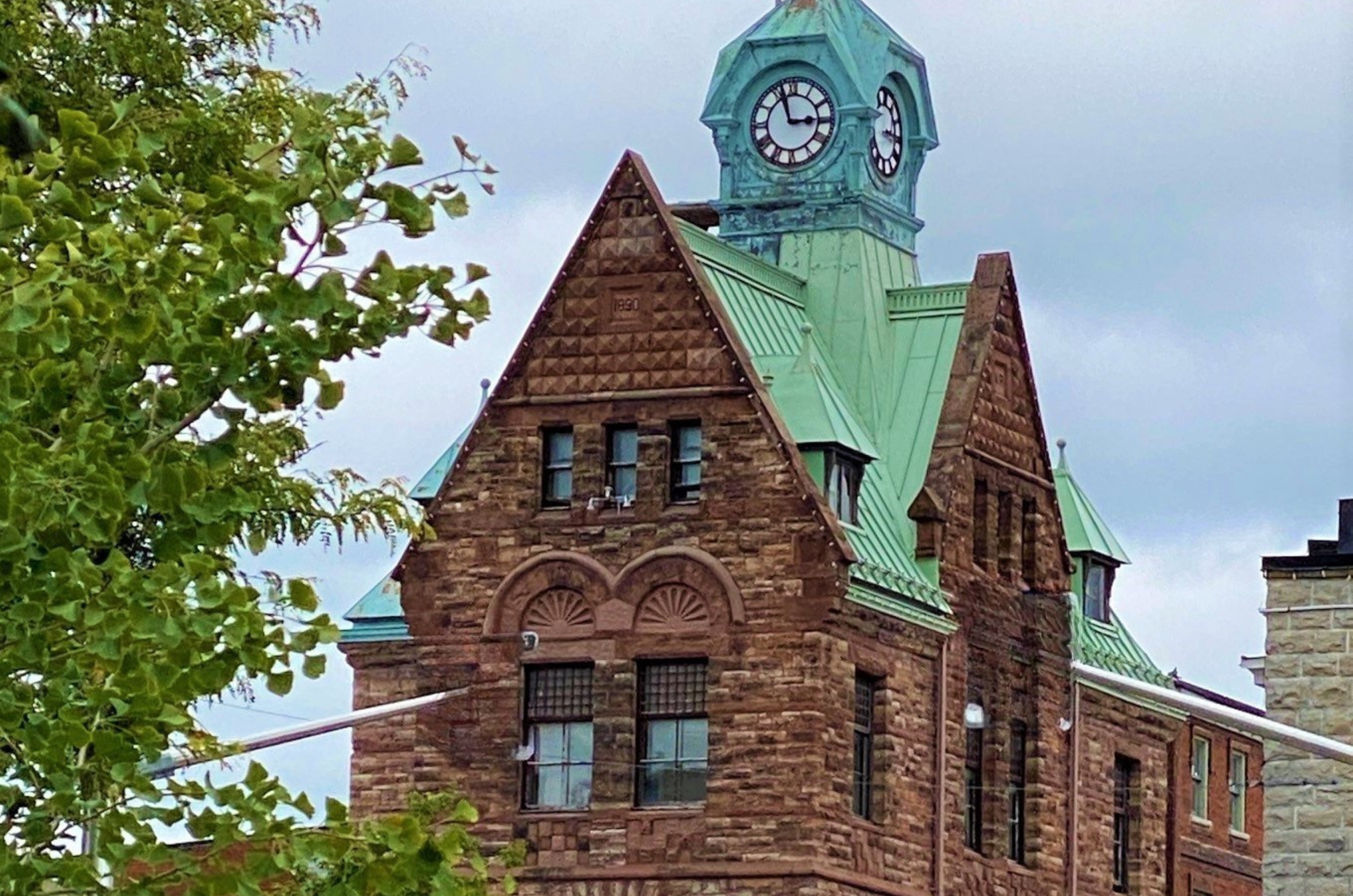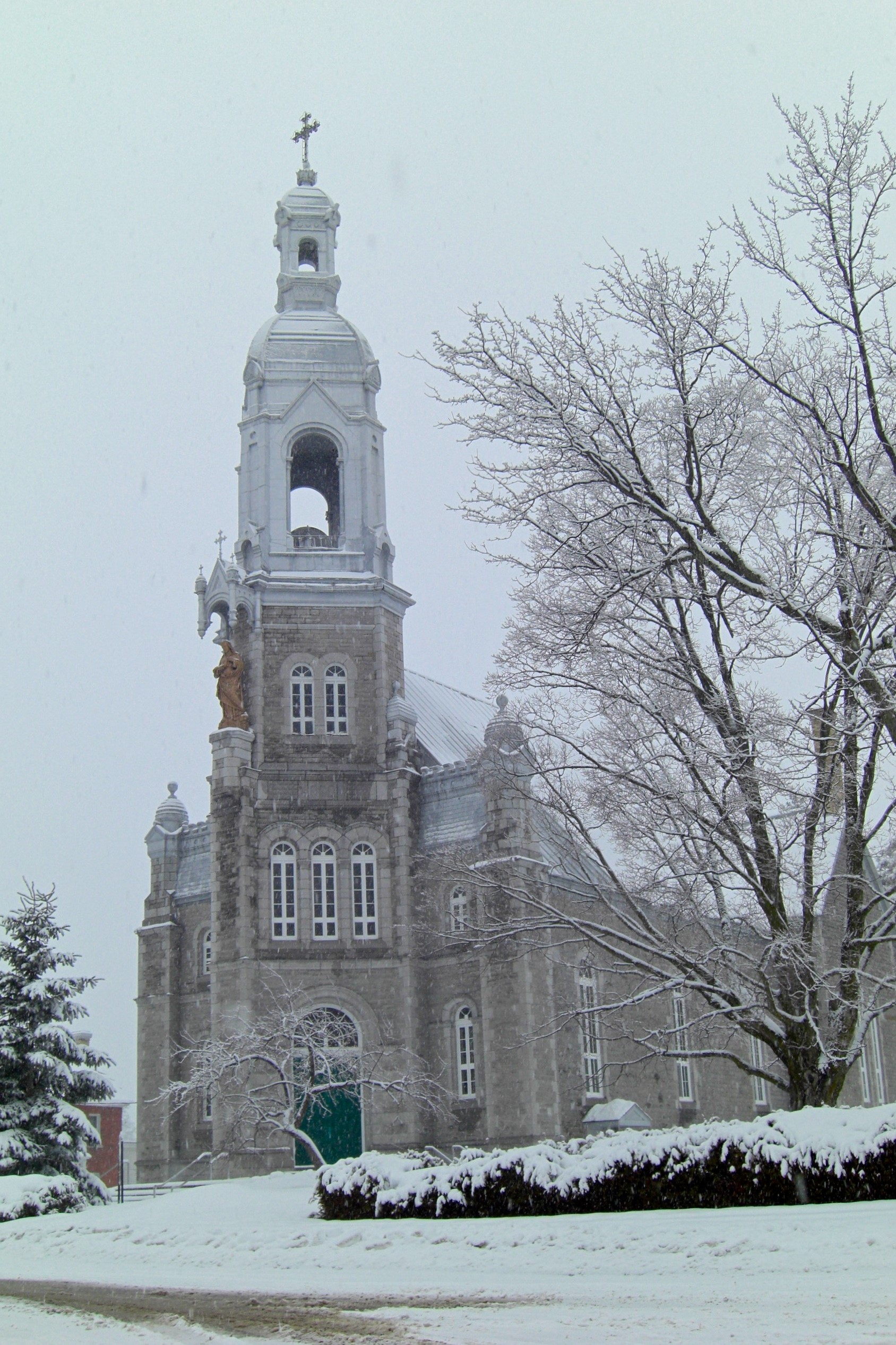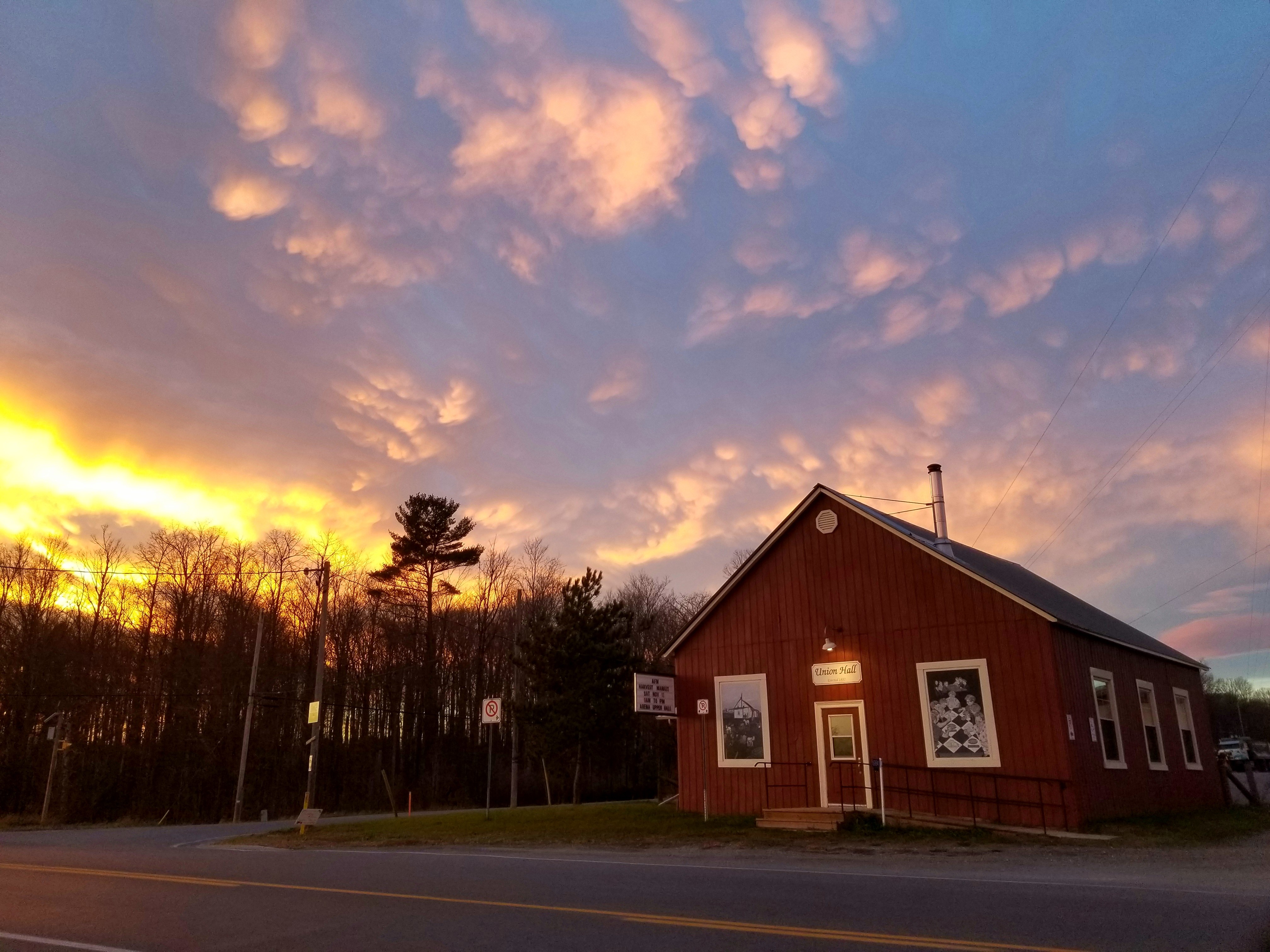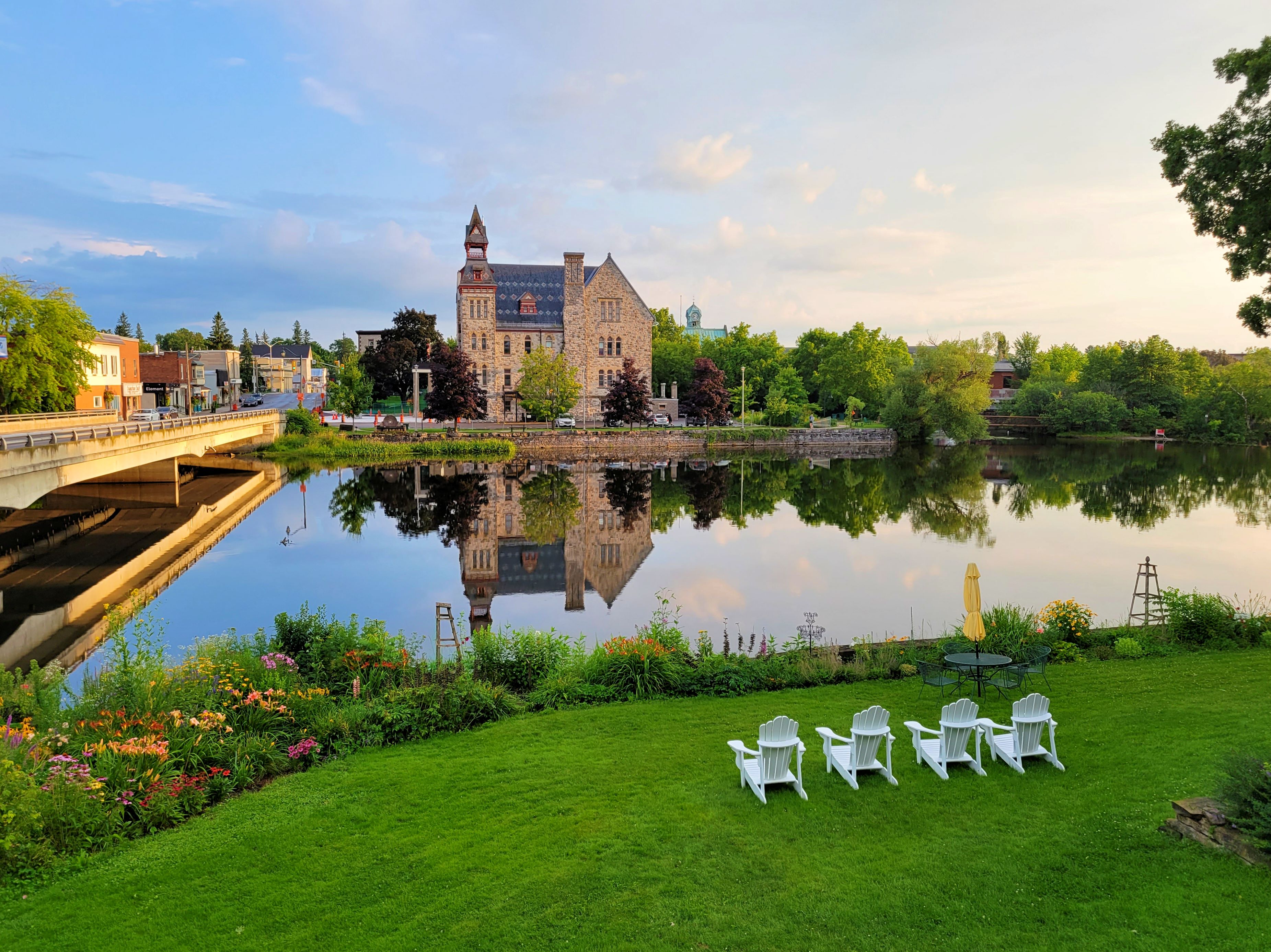 This beautiful historical landmark is the centre of Almonte, attracting attention from all over the town (as was the intention when the building was built).
This beautiful historical landmark is the centre of Almonte, attracting attention from all over the town (as was the intention when the building was built).
The property for Almonte Old Town Hall was first purchased in 1884 for only $6000, and since then it has only been owned by the Town of Almonte.
The building was erected in 1885 by contractor and architect George Willoughby during the North-West Rebellion (or the second Riel Rebellion) of 1885. Alterations were done to the front entrance of the building in 1966 where a new wooden porch was created. Later on, a modern update was done to the porch by adding four stone piers and an enclosed porch to replace the wooden one.
Before starting construction on the town hall, a whole triangle of houses (10 small houses and a few stores) had to be torn down to create room for the new building. The stones used to create the hall were brought in from multiple quarries; stones for the main building were brought in from Hogan’s Quarry while the stones for the trimming were brought in from Beckwith Quarry.
The building itself is 3 and a half stories high including the attic, 79 + 9” long and 34” wide. The East tower is 90” high and the West tower is 60” high. The foundation is of rough ashlar stone as are the walls in the building. There were many modern additions and alterations made to the building including an enclosed entrance at the South-West door. As well, there were alterations to the front entrance which used to be a double panelled Gothic style door with stone voussoirs (stone arch) and a fanlight. The front entrance was then replaced with modern glass doors.
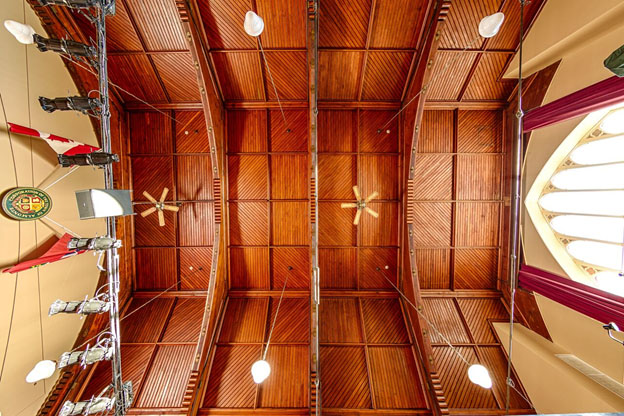 The auditorium’s soaring ceiling of hand-hewn Douglas Fir beams offers an acoustic setting unparalleled in the area.
The auditorium’s soaring ceiling of hand-hewn Douglas Fir beams offers an acoustic setting unparalleled in the area.Since the building was erected in 1885, it has housed a variety of different operations including municipality offices, the fire station, police station and jail house, and the municipal library. The building also once housed a fire bell which was removed in 1968 upon completion of the new fire hall.
During the train accident of 1942 where 39 passengers died and more than 150 persons were injured, the bottom floor of the town hall was used as a morgue and a first aid service for the survivors of this horrific accident.
In 1979, the property was declared a heritage site, and the roof, which is a rare type of Ontario roof finish, was repaired keeping much of the original roofing. The roof is a decorative roof with four colours: light grey, medium grey, dark grey-blue, and brick red.
Now the building is the premier venue for theatre, musical performances, craft shows, weddings, conferences, exhibitions, community dinners and events, feature films, and professional music recordings. As well, it is the location of the Municipality of Mississippi Mills Information and Tourism Centre.
The auditorium is used for theatre, musical performances, weddings, conferences, art shows, arts and craft shows, community dinners, feature films, and professional music recording. The auditorium is the home of dance groups featuring, live music, swing dance (big band) and contra dancing (Celtic band), the Valley Players Theatre Group, Almonte in Concert Music Series, Folkus Music Series, Art in the Attic, and the "Be Your Best" acting classes.
The second floor multi-purpose room is an excellent space for small receptions, meetings, classes, small lectures, art displays, dance classes, and yoga.
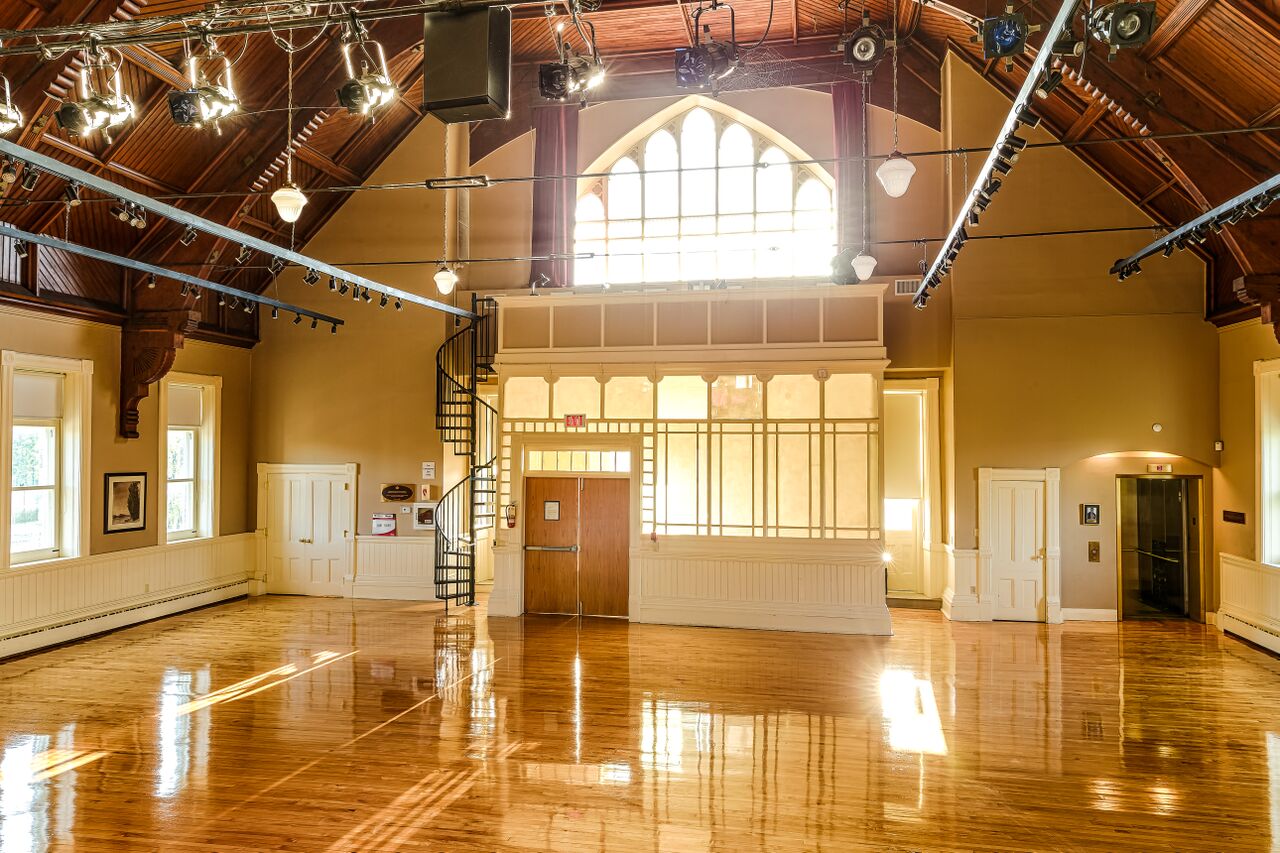
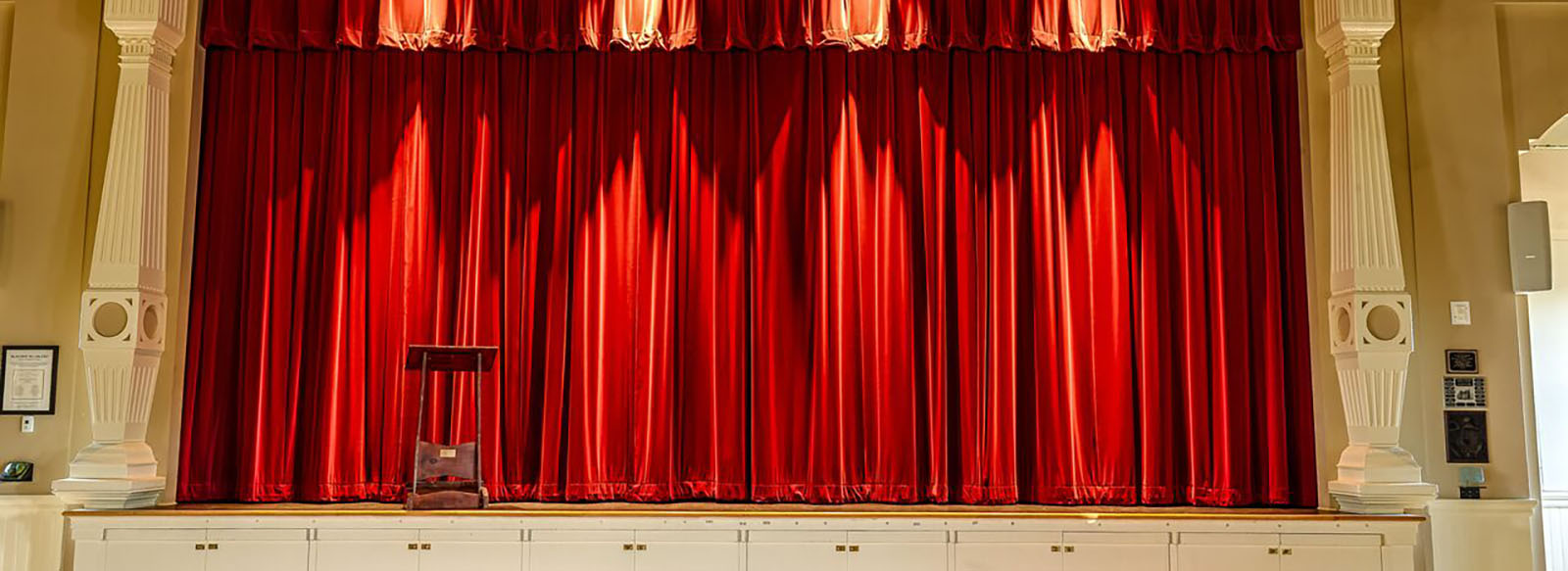
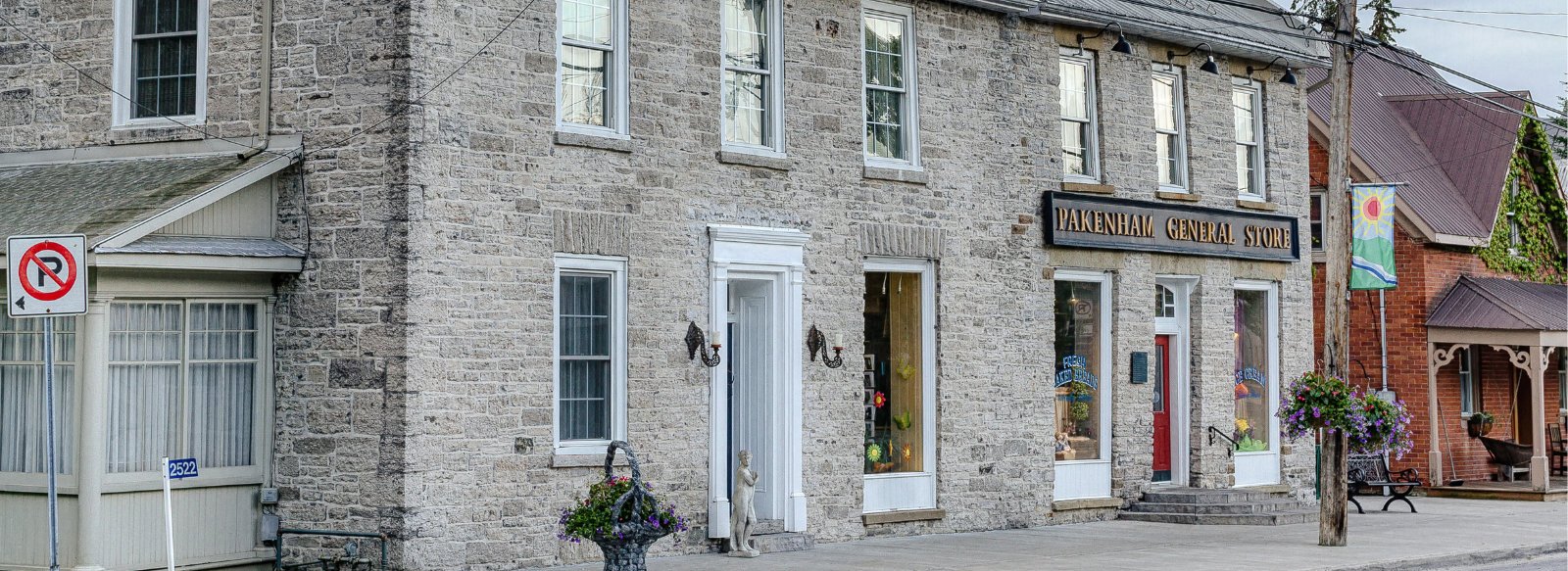

 This historic five-arch stone bridge is believed to be the only one of its kind in the world outside of Russia. It was built in 1903 by Scottish Stone Masons (O'Toole & Keating of Ottawa) over the rapids of the Mississippi River in Pakenham. It was constructed using stones sourced from a local quarry.
This historic five-arch stone bridge is believed to be the only one of its kind in the world outside of Russia. It was built in 1903 by Scottish Stone Masons (O'Toole & Keating of Ottawa) over the rapids of the Mississippi River in Pakenham. It was constructed using stones sourced from a local quarry. This beautiful historical landmark is the centre of Almonte, attracting attention from all over the town (as was the intention when the building was built).
This beautiful historical landmark is the centre of Almonte, attracting attention from all over the town (as was the intention when the building was built). The auditorium’s soaring ceiling of hand-hewn Douglas Fir beams offers an acoustic setting unparalleled in the area.
The auditorium’s soaring ceiling of hand-hewn Douglas Fir beams offers an acoustic setting unparalleled in the area.

